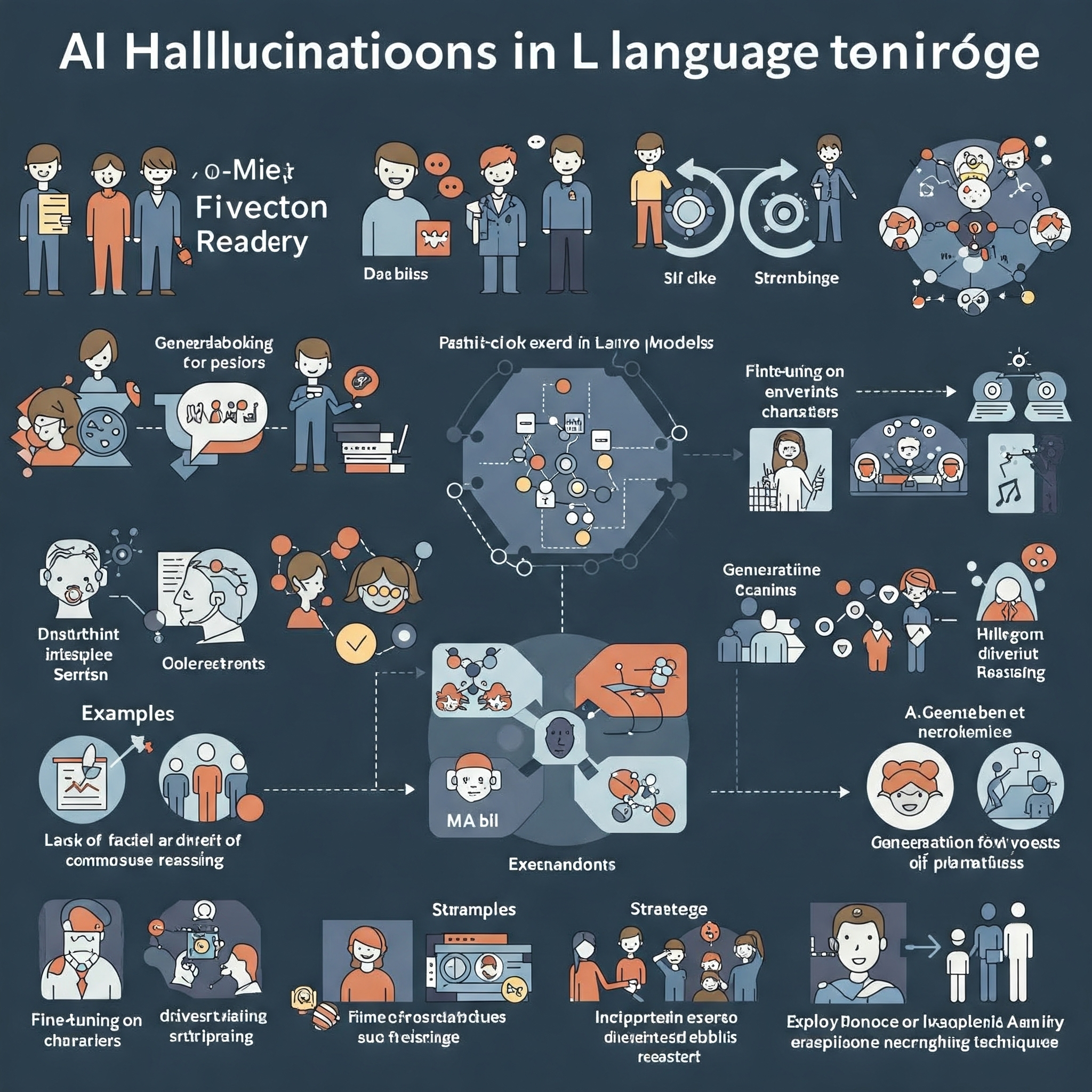Hallucinations in AI Language Models: Causes and Solutions
Hallucinations in ChatGPT, other chatbots, or simply LLM models are a natural occurrence. This term describes instances when a model generates content that has no basis in reality. Such false or inaccurate content can have serious consequences, especially in fields like medicine or law.
When Are AI Hallucinations a Problem?
In creative work, when a model generates additional content, hallucinations might even be desirable. However, when we use models to analyze medical research, interpret legal documents, or even for seemingly harmless tasks like creating social media content, the errors that may arise pose significant risks: false medical advice or diagnoses, legal errorsand spreading misinformation.
That's why when using these models, implementing mechanisms that limit the occurrence of hallucinations and increase system reliability is crucial.
Strategies to Combat Hallucinations
Knowledge Grounding
One of the most effective methods. It involves connecting the model to external, verified information sources - databases and updated repositories. Ensuring constant access to confirmed facts will reduce the risk of completely fabricated data.
Fact Verification
It's worth implementing automatic mechanisms that check generated content before publication and inform the user when potential inaccuracies are detected. Such a mechanism compares the model's output with information from trusted sources and determines whether the response needs additional verification.
Task-Specific Fine-Tuning
Fine-tuning a model for specific tasks will limit hallucinations, especially in fields requiring precision, such as medicine.
User Feedback
Integrating mechanisms allowing users to report errors or inaccuracies generated by AI is very important. This enables us to systematically correct the model and avoid recurring mistakes.
Conclusion
Hallucinations are a natural part of LLM models, but by combining fact verification strategies and knowledge grounding, we can minimize their frequency.
